Finding The Perfect Pillow..
A good night's sleep is important for any active, (sane) and healthy life. Having the right pillow to rest your head on come bed time is key to achieving that. The wrong kind of pillow can lead to hot, uncomfortable nights. Plus added discomfort if your pillow is too firm or soft.
Restless sleep in turn leads to tiredness and lack of concentration throughout the day and who needs that!?
Finding the right pillow will aid a deep and relaxing nights rest. Blowing the cobwebs away and making you ready for the day ahead.
In this blog we'll help to define the different types of pillow and how each will help make your bed more comfortable. Even if its larger beds like Caesar and Emperor beds.
So what should we look for in the perfect pillow?
Here's a few initial pointers before we deep dive into fillings etc.
- Enhanced Comfort and Support
The perfect pillow provides the right balance of comfort and support for your head and neck. A good pillow supports your head and spine, making you comfortable through the night no matter your sleep position.
Quality sleep depends on the alignment of your body during rest. A comfortable pillow, when combined with these spacious cases, contributes to undisturbed, high-quality sleep.
This can be a very personal choice but if you a cold or hot sleeper can impact your choice of pillow. Goose down, for example, are renowned for exceptional breathability and natural temperature regulating properties. But hollow fibre can give a lot more warmth during colder nights. (More on these later...)
Investing in high-quality pillows is always a good choice. Pillows with high grade hollow fibre or feathers will always last longer. Plus pillows with high thread count cotton will ensure coolness on the skin and longevity.
Be aware that you may have allergies to certain fillings and this will affect your sleep. Modern techniques treat some fillings to be hypo-allergenic so always check if you are concerned.
- Versatility and Flexibility
The right pillow should adjust to your sleeping style. Whether you prefer sleeping on your back, side, or stomach, a good pillow can help. Larger pillows can really help for those who like a body pillow.
Large pillows can also look great on large beds such as Caesar and Emperor sizes. Standard pillows can seem lost on these beds but king and super king pillows can really enhance the look.
What's the Best Pillow Filling?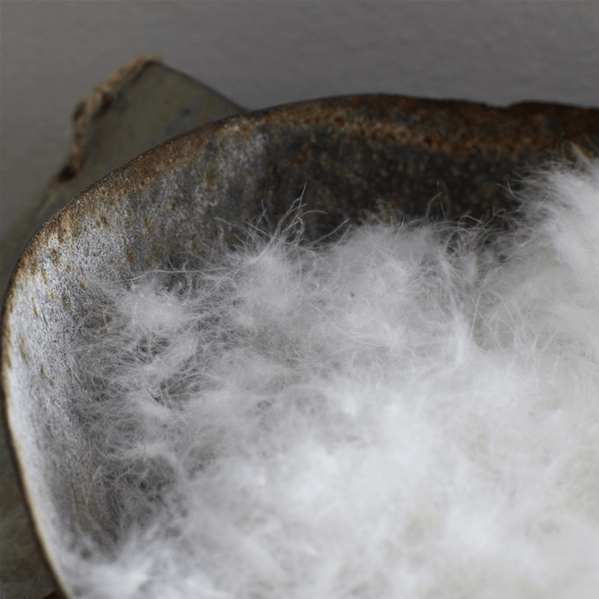
Lets have a look at the three most popular pillow fillings and the arguments for and against..
Pros and Cons of Duck / Goose Feather Pillows
Pros: Duck Feather pillows are known for their natural softness and luxurious feel. They provide good support and can be easily fluffed or shaped to suit your preferences. They are highly breathable, allowing for proper airflow and temperature regulation. Feather pillows also tend to be more affordable compared to other options.
Cons: One drawback is that feather pillows can sometimes trigger allergies, plus they might harbor dust mites and allergens. They may require frequent fluffing to maintain their shape, and some people find feather pillows to be too soft, lacking proper support. Over time, feathers can break down, leading to a reduction in pillow loft and comfort.
Pros and Cons of Memory Foam Pillows:
Pros: Memory foam pillows conform to the shape of your head and neck, offering personalized support and comfort. They are great for relieving pressure points and promoting proper spinal alignment. These pillows are also hypoallergenic and resistant to dust mites. They retain their shape well over time and require minimal maintenance.
Cons: Some individuals find memory foam pillows to be too firm or dense, which can lead to discomfort. They can also trap heat due to their dense nature, potentially causing discomfort for those who sleep hot. Memory foam pillows may emit an initial odor upon unpacking, which dissipates over time.
Pros and Cons Polyester Pillows:
Pros: Polyester pillows are budget-friendly and widely available. They come in various firmness levels and can be suitable for different sleeping preferences. They are hypoallergenic and resistant to dust mites, making them a good option for allergy sufferers. Polyester pillows are easy to care for and can be machine-washed.
Cons: Polyester pillows tend to have a shorter lifespan compared to other fillings. They may flatten and lose their shape over time, requiring replacement more frequently. While they are generally comfortable, they might not offer the same level of support and customization as memory foam or feather pillows.
It's important to consider your personal preferences, sleep style, and any allergies when choosing the right pillow filling for you. Each type of filling has its own advantages and disadvantages, so selecting the one that aligns with your needs will contribute to a more restful night's sleep.
Pros and Cons of Down Pillows:
The Pros:
- Exceptional Comfort: Goose down pillows are renowned for their luxurious and soft feel. The three-dimensional clusters of down create a plush and comfortable surface, providing a cozy and inviting sleep experience.
- Excellent Loft and Support: The natural loft of goose down pillows allow the pillow to provide gentle support to your head and neck, promoting proper spinal alignment and reducing pressure points. This can lead to a more comfortable and restful sleep.
- Custom Conformity: Goose down pillows conform to the shape of your head and neck, providing personalized support and comfort. The adaptable nature of down ensures that the pillow adjusts to your sleeping position, enhancing your sleep quality.
- Temperature Regulation: Goose down is known for its superior insulation properties, which help regulate body temperature. Down pillows keep you warm during colder nights while allowing airflow to prevent overheating on warmer nights.
- Longevity: High-quality goose down pillows can have a longer lifespan compared to other pillow fillings. With proper care, they can maintain their loft and support for several years, making them a durable investment.
- Hypoallergenic Options: Many goose down pillows are treated to be hypoallergenic, which means they go through a thorough cleaning and sterilization process to remove allergens. This makes them suitable for individuals with allergies or sensitivities.
The Cons:
- Cost: Goose down pillows are generally more expensive compared to pillows filled with other materials. The high cost is often reflective of their comfort, quality, and durability.
- Maintenance: Goose down pillows require regular fluffing to maintain their loft and prevent clumping. Over time, down clusters might shift, leading to uneven distribution in the pillow.
- Allergen Sensitivity: While hypoallergenic options are available, some individuals may still be sensitive to down, as it can contain allergens such as dust mites. It's important to choose pillows that suit your allergy profile.
- Initial Odor: New goose down pillows might emit a mild odor due to the natural oils present in the down. This odor typically dissipates over time and with proper airing.
- Potential for Clumping: In some cases, down clusters might clump together, causing uneven support and discomfort. Regular fluffing and proper care can help minimize this issue.
- Limited Firmness Options: Goose down pillows are known for their softness, which might not be ideal for individuals who prefer firmer pillows for added support.
How Soft Should My Pillow Be?
The softness of a pillow plays a significant role in the quality of your sleep. Here's how it can affect your sleep:
- Comfort and Support: The right balance of softness and support is crucial. A pillow that's too soft may not provide adequate support for your head and neck, leading to discomfort, stiffness, or even pain. On the other hand, a pillow that's too firm can also be uncomfortable.
- Neck and Spine Alignment: A pillow that's too soft may cause your head to sink too deeply, leading to misalignment of your neck and spine. This misalignment can result in neck pain and disrupted sleep. Conversely, a properly supportive pillow can help maintain the natural curve of your spine.
- Pressure Points: Soft pillows can reduce pressure points on sensitive areas like the ears, shoulders, and face, leading to a more comfortable sleep experience.
Personal Preference: Softness is subjective, and your ideal pillow softness may differ from someone else's. Finding the right level of softness that aligns with your personal comfort is essential for restful sleep.
What's the best cover for your Pillow?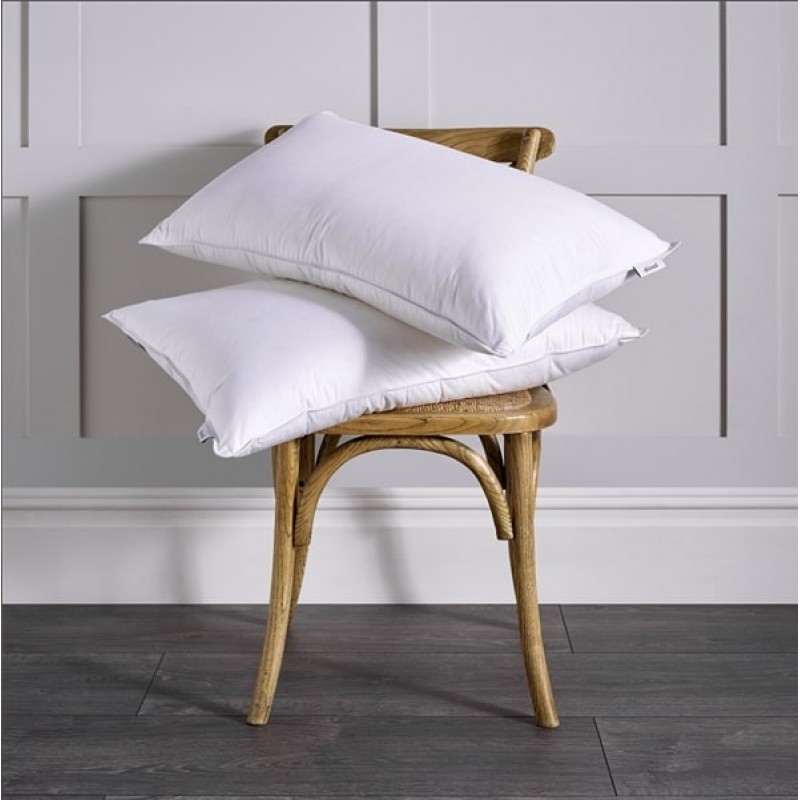
The cover of your pillow can be as important as the filling inside. Why? Well here's a few points to consider:
- If your case has to low thread count it can make it easier for feathers to escape. This is particularly relevant to duck and goose feather pillows as these have the pesky spines that will break through low thread count cases. A low thread count case could mean you'll be finding occasional feathers around your bedroom and have a pillow that slowly loses its plumpness. If you dont want to see feathers go for a high thread count case, usually around 233TC or higher should work.
- Cotton is always cooler than polyester. Cotton has natural abilities to cool against the skin and disapates heat much more effectively than polyester. If your a hot sleeper this might be a factor you want to consider.
How to Look After Your Pillow.
Washing pillows, whether they're made of polyester, feather, or down, is essential to maintain their cleanliness and prolong their lifespan. Here's a guide on how to do it effectively:
- Read the Care Label: Always start by checking the care label on your pillow. Manufacturers often provide specific instructions for cleaning. Follow those recommendations whenever possible.
- Pre-Treat Stains: For stains or spots, spot clean with a mild detergent or stain remover before washing. Gently blot the area to avoid pushing the stain deeper into the fabric.
- Use a Gentle Detergent: When machine-washing polyester pillows, opt for a gentle detergent. For feather and down pillows, use a mild detergent specifically designed for delicate fabrics.
- Machine Washing: Polyester pillows can usually be machine-washed in cold or warm water on a gentle cycle. Feather and down pillows are best washed individually to prevent clumping. Use a large-capacity machine, and add a few clean tennis balls to help fluff the pillows.
- Rinse Thoroughly: Rinse pillows thoroughly to remove all detergent residue.
- Drying: Polyester pillows can be tumble-dried on low heat. Feather and down pillows should be dried in a large dryer with low heat, and it's crucial to ensure they are completely dry to prevent mold growth.
- Fluffing: After washing, give your pillows a good shake and fluff to restore their loft.
- Protection: Consider using pillow protectors to shield your pillows from future stains and extend their life between washes.
- Remember, regular pillow maintenance ensures a hygienic and comfortable sleep environment. Always follow specific care instructions to preserve the quality of your pillows.
What's the Best Material for a Pillow Case?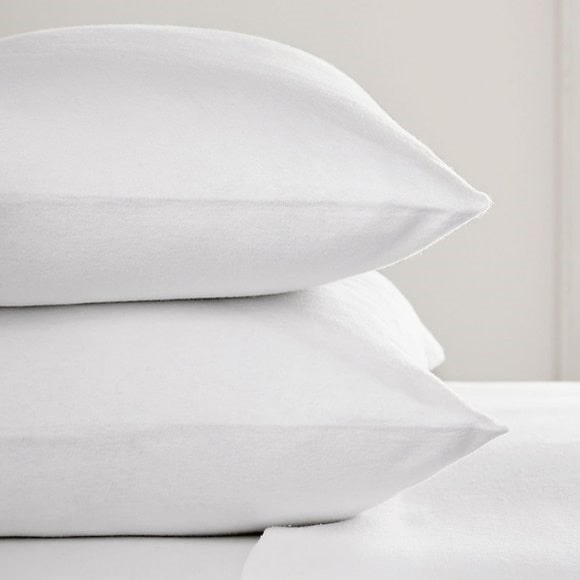
Selecting the right materials for pillowcases is essential for comfort, durability, and overall sleep quality. Here are some of the best materials for pillowcases:
- Cotton: Cotton is a popular choice for pillowcases due to its breathability, softness, and ease of care. It's cool against the skin, absorbs moisture, and comes in various weaves like percale or sateen for different textures.
- Linen: Linen pillowcases are ideal for hot sleepers. They have excellent moisture-wicking properties, allowing for airflow and keeping you cool in warmer weather. Linen also softens over time, becoming even more comfortable.
- Silk: Silk pillowcases are known for their luxurious feel and benefits for hair and skin. They reduce friction, preventing hair breakage and minimizing facial creases. They're also naturally hypoallergenic and temperature-regulating.
- Bamboo: Bamboo-derived fabrics like bamboo rayon or bamboo viscose are eco-friendly options. They are soft, breathable, and naturally moisture-wicking, making them suitable for hot sleepers.
- Satin: Satin pillowcases, often made from polyester or silk, have a smooth, silky surface that reduces friction on hair and skin. They're great for maintaining hairstyles and reducing wrinkles.
- Microfiber: Microfiber pillowcases are budget-friendly and known for their softness. They are hypoallergenic, resistant to dust mites, and easy to care for.
Ultimately, the best material for your pillowcase depends on your personal preferences and needs. Consider factors like climate, allergies, and hair care when making your choice to ensure a comfortable night's sleep.
Should I get a Standard or King Size Pillow?
For this section we came up with a handy infographic. While standard pillows (90 x 50cm) are usually quite adequate, you can find yourself moving your pillow over in the middle of the night because you've turned over and ran out of pillow. For these problems there is an answer and that is simply to get a bigger pillow. King size pillows are more readily available these days and are a great way to give yourself more pillow, helping for an uninterupted nights sleep.
Find out more below:
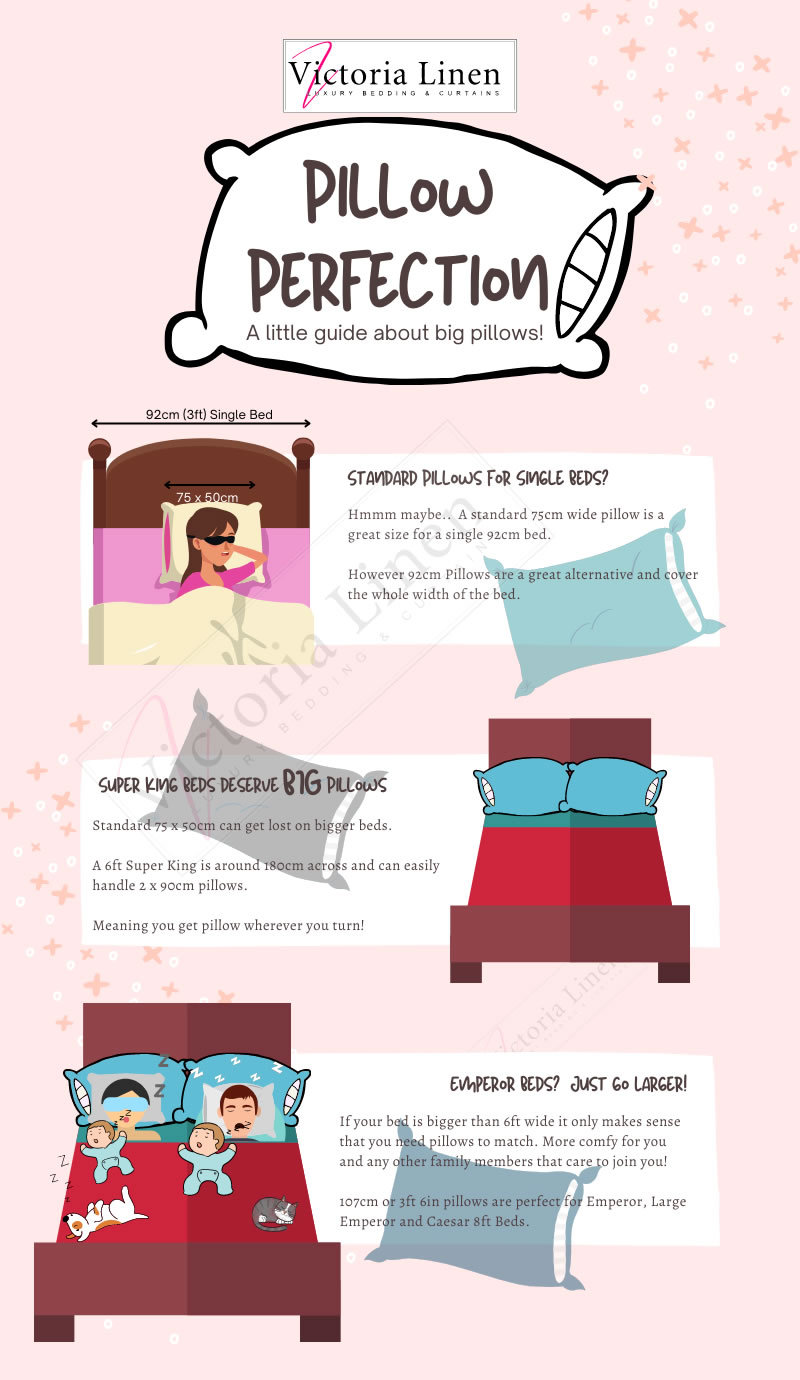
Tags:
king size pillows
pillow guide
perfect pillow
 UK Manufactured Plain & Patterned Duvet Sets in a massive range of colours and fabrics.
UK Manufactured Plain & Patterned Duvet Sets in a massive range of colours and fabrics.
 Protect yourself and your mattress from spills, dirt & allergens with our superior protectors. Available in Quilted and TENCEL fabrics.
Protect yourself and your mattress from spills, dirt & allergens with our superior protectors. Available in Quilted and TENCEL fabrics.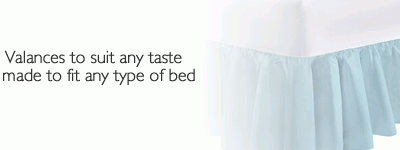 Valance and bed frills made to fit any size of bed.
Valance and bed frills made to fit any size of bed. 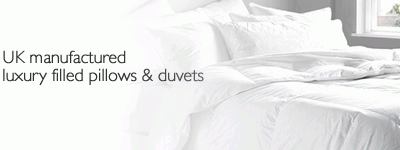 Sleep the day away in a beautifully soft duvet.
Sleep the day away in a beautifully soft duvet. 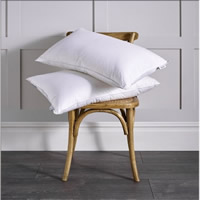

-min-1731x552.png)











